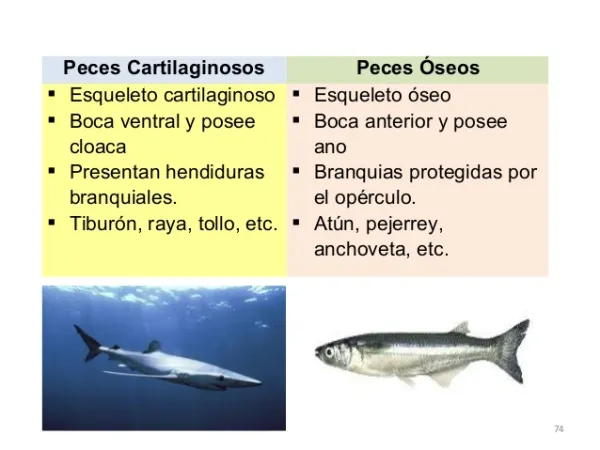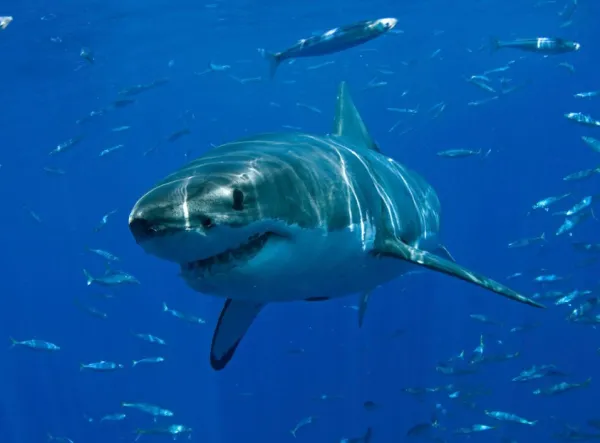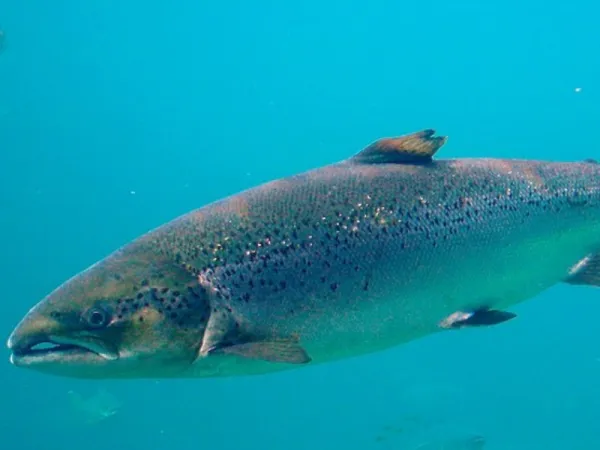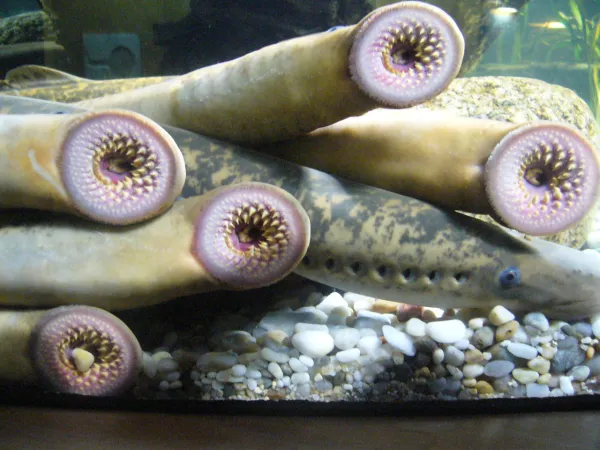Fishes are the most abundant vertebrates on Earth. Even though we don’t encounter or recognize species as easily as we do birds or mammals, fishes occupy virtually every aquatic habitat—from polar seas and tropical reefs to estuaries, rivers, lakes, and floodplain lagoons. Their adaptability and stunning variety make “fish classification” a fascinating topic.

A streamlined view of the major ranks you’ll see when classifying fishes:
Domain: Eukaryota (cells with true nuclei)
Kingdom: Animalia (multicellular, mobile at some life stage, no chloroplasts)
Sub-kingdom: Eumetazoa (true tissues)
Superphylum: Deuterostomia (embryo forms the anus before the mouth)
Phylum: Chordata (a dorsal notochord, hollow dorsal nerve cord, pharyngeal slits, and a tail at some stage)
Subphylum: Vertebrata (a vertebral column protecting the nerve cord)
Major fish classes:

Modern systematics is more detailed, but the framework above covers the groups you’ll meet most often.
Key traits
Skeleton of cartilage (not bone)
Exposed gill slits (usually 5–7), clearly visible on the sides or underside of the head
Skin with placoid scales (dermal denticles) that feel like fine sandpaper
No swim bladder; buoyancy via liver oils, dynamic lift, and body shape
Reproduction is diverse: oviparous, ovoviviparous, or viviparous
Familiar examples
Whale shark (Rhincodon typus) — the largest living fish; a gentle, filter-feeding giant
Rays & skates (Batoidea) — flattened bodies with expanded pectoral fins
Electric rays (Torpedinidae) — specialized electric organs for defense and prey capture
Chimaeras (Holocephali) — deep-sea “ghost sharks,” quite different in appearance from true sharks
Ecology & senses
In addition to a lateral line, many species have electroreception via the ampullae of Lorenzini, detecting faint bioelectric fields—excellent for tracking hidden prey.

Key traits
Bony skeleton; most have a swim bladder for buoyancy control
Gills covered by an operculum (a bony gill cover)
Enormous ecological and anatomical diversity
Fins supported by fin rays (soft or spiny).
Occupy all aquatic settings: marine, brackish, and fresh waters.
Representative groups
Salmons (Salmo) and Pacific salmons/trouts (Oncorhynchus)
Sardine (Sardina pilchardus)
Carps (Cyprinus)
Tunas (Thunnus) — high-speed, oceanic migrants
Fleshy, lobed fins with internal bones and muscles.
Evolutionarily, the sister group to tetrapods (four-limbed vertebrates).
Living “relict” examples
South American lungfish (Lepidosiren paradoxa)
Australian lungfish (Neoceratodus forsteri)

Key traits
No true jaws; round, sucker-like mouth (often with keratinized toothed plates)
Eel-like body; no paired fins (or extremely reduced)
No scales; swimming is serpentine
Single median nostril; gills form pouch-like sacs
Two living lineages
Lampreys (Petromyzontidae): many are parasitic as adults; several are anadromous, migrating upriver to spawn.
Hagfishes (Myxinidae): deep-sea scavengers that secrete copious slime; eyes are reduced and covered by skin.
These groups preserve early vertebrate body plans and help us understand the transition from jawless to jawed vertebrates.

Ectothermic (“cold-blooded”): body temperature follows the environment (with a few regional endotherms, e.g., tunas).
Fins instead of limbs; spectacular variety of body shapes:
Fusiform (torpedo-shaped; tunas), compressed (laterally flattened; reef fishes),
depressed (dorsoventrally flattened; skates/rays), anguilliform (eel-like),
globose (pufferfishes), and bizarre deep-sea morphologies.
Gills are primary (some also exchange gases via skin or gut; lungfishes have lung-like organs).
Lateral line detects vibrations and water movement; some species produce electricity (electric eels/rays) or bioluminesce (deep-sea taxa).
Many form schools to forage and deter predators; others are territorial cave/reef dwellers.
Symbioses are common (e.g., cleaner fishes removing parasites).
Apex predators (sharks, billfishes, tunas),
Filter feeders (whale shark, basking shark),
Herbivores and omnivores (especially in reefs),
Parasites or micropredators (lampreys on hosts; scale-eaters).
Most species have separate sexes; countless use external fertilization with massive egg numbers.
Parental care ranges from none to elaborate mouthbrooding or nest guarding (e.g., cichlids).
Sex change occurs in several lineages (protogyny/protandry, e.g., groupers, wrasses).
Chondrichthyans display oviparity, ovoviviparity, or viviparity; many Osteichthyans are oviparous.
Migrations are emblematic: salmons (anadromous), eels (catadromous), many marine spawners with larval drift.
Camouflage is habitat-tuned: countershading (dark back, pale belly), disruptive stripes/spots, metallic or transparent tissues.
Defensive options include venom (stonefishes, lionfishes), spines, inflation (pufferfishes), mucus, electric shocks, and bioluminescent flashes.
Cartilaginous fishes (Chondrichthyes)
Cartilage skeleton, exposed gill slits, dermal denticles, no swim bladder; mostly marine; electroreception common.
Bony fishes (Osteichthyes)
Bony skeleton, operculum covering gills, swim bladder in most; by far the most species-rich and ecologically diverse.
Jawless fishes (Agnatha / Cyclostomes)
Jawless, round sucker mouth, scale-less skin, pouch gills, eel-like bodies; represented today by lampreys and hagfishes.
“Fishes” aren’t a single neat box but a collection of lineages that conquered the water in very different ways. From jawless pioneers to cartilaginous specialists and hyper-diverse bony fishes, understanding their classification gives you a clear map for identifying species, decoding behaviors, and appreciating their roles in aquatic ecosystems.
Bibliography
Serrano, A. (1999) Fish (An article on Argentine zoology). El Tabano Journal, Volume 6 (1), pp: 2-9.
Granado, C. (2002) Fish Ecology. University of Seville, Publications Secretariat, Volume 45, pp: 15-28.
Espinosa, H. (2014) Fish Biodiversity in Mexico. Mexican Journal of Biodiversity, Volume 85 (1), pp: 450-459.
animal tags: classification of fishes
We created this article in conjunction with AI technology, then made sure it was fact-checked and edited by a Animals Top editor.